Brand-builders and business owners don’t need to look far to find relevant content on the intricacies of marketing.
There are plenty of videos, blog posts, and other resources that claim to offer help and advice on the strategies, psychology, and creative processes behind successful marketing.
The challenge lies in separating the wheat from the chaff and figuring out what is useful to you.
The problem is not the quantity of content but the quality.
As we know, the purest water is found at the source.
Learn from the best about the various facets of Marketing success; take a deep dive into a great book, and apply the lessons to your own Marketing efforts.
The List: 25 Best Marketing Books You Need On Your Shelf

Let’s run through 25 of the best marketing books that have the power to transform your future marketing campaigns.
Influence, by Robert Cialdini
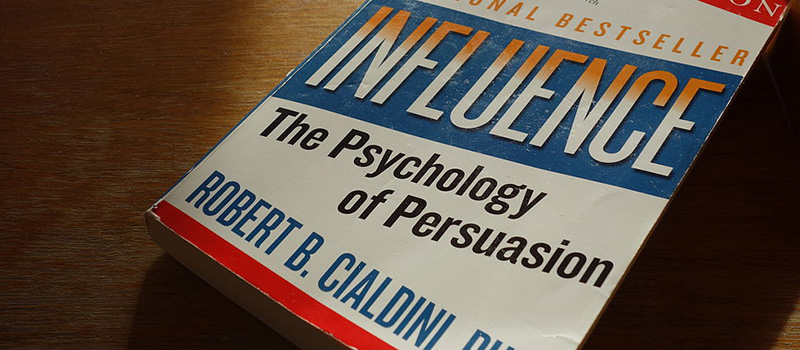
This New York Times bestseller, originally released in 1984, explores what makes people say yes.
Cialdini approaches the psychology of buying and explains the lessons you can take into branding and marketing strategies.
“The Psychology of Persuasion” describes the premise of the book and is, therefore, a useful insight into how you can leverage the knowledge of human psychology to better persuade your audience.
Cialdini identified six principles for how people make decisions:
Reciprocity
Commitment / Consistency
Social Proof
Authority
Liking
Scarcity
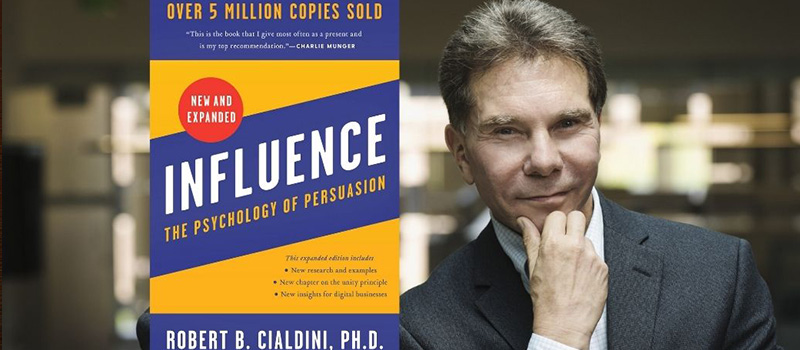
He then explains how marketers can leverage these principles to persuade people to choose you.
For example, implying scarcity works because consumers have a fear of missing out (also known as FOMO).
Sharing social proof works to persuade as consumers want to see evidence that the product or service delivers.
Cialdini supports his six principles with countless examples from various industries.
The latest edition of one of the best-selling marketing books of all time updates the content for the modern marketing marketplace.
PRO Brand Strategy BluePrint
Build Brands Like A Pro Brand Strategist

Permission Marketing, by Seth Godin
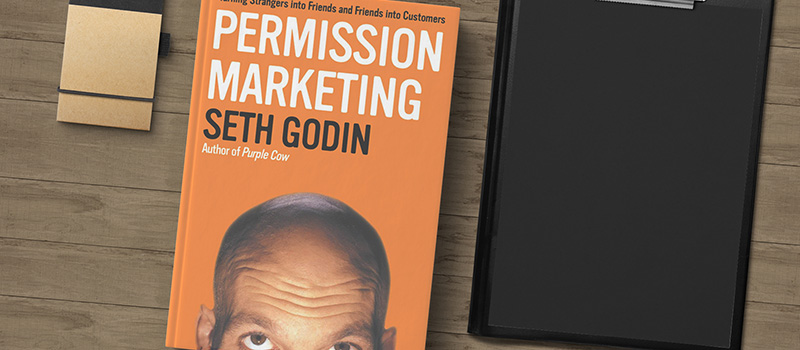
In the age of digital marketing, where companies are vying for attention in an increasingly crowded market, Godin believes in providing value up front to develop customer relationships over time.
Published in 1999, this book’s message was way ahead of its time.
The essence is that successful marketing is based on building trust with the prospect and maintaining that trust to create loyal customers (otherwise known as brand building).
Godin explains that your website should focus 100% on convincing strangers to sign up or opt-in; this is the giving of permission so that you can market to them (usually via email).
By encouraging people to volunteer their attention, you end up with a targeted customer group much more likely to make a purchase.
The label “Permission Marketing” is framed as an antidote to traditional “Interruption marketing” strategies.
Ads that rely on barging into people’s lives no longer work.
On the most basic human level, we can all agree that those who speak to us with our permission, are far more likely to be acknowledged and given our attention than those who interrupt us.
Explore Brand Strategy
Programs & Tools
Positioning: The Battle for Your Mind, by Al Ries and Jack Trout
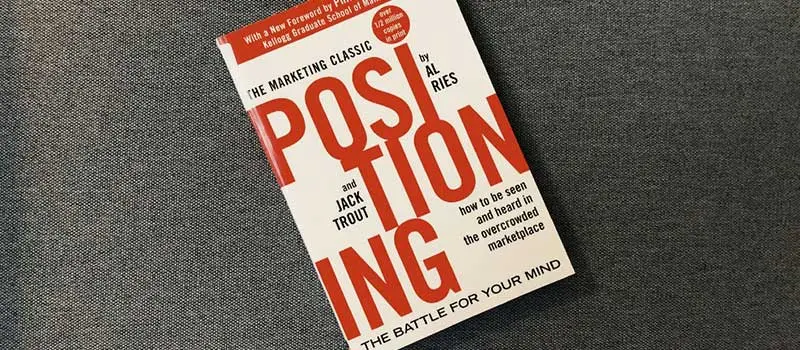
As the name suggests, this book stresses the importance of positioning a brand.
Ries and Trout stress the need for a brand to understand its place relative to the competition and in the eyes of potential customers.
Understanding how the audience perceives the brand is a crucial starting point for shaping this perception with strategies over time.
The emphasis on the ‘battle’ in the title reflects the idea that the audience’s attention is finite, so brand strategists need to work hard to carve out their niche and beat others to take up space in the audience’s mind.
Building a Story Brand, by Donald Miller
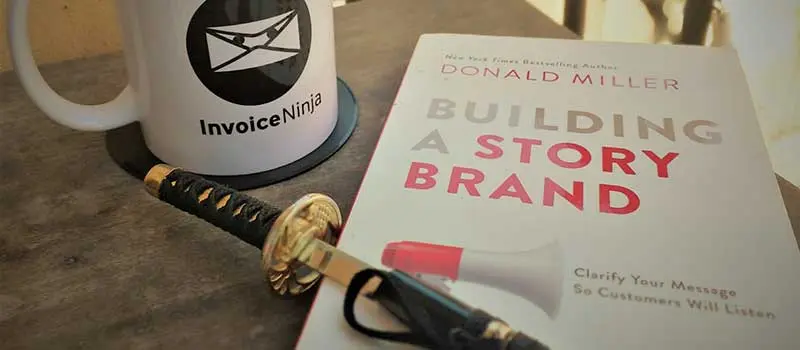
The go-to for brand storytelling.
Miller’s book outlines a framework through which marketing professionals can connect with their audience more deeply.
The book contains valuable lessons on how to clarify your message, how to engage potential customers, and how to tap into the seven universal story points that humans respond to in your branding efforts.
Building a storybrand explores the story framework that has been used for movies we all know and love from Star Wars to Toy Story and how that can be translated to marketing.
This book is a valuable source for telling a brand story that resonates with the audience by placing them front and centre.
Crushing It!, by Gary Vaynerchuk
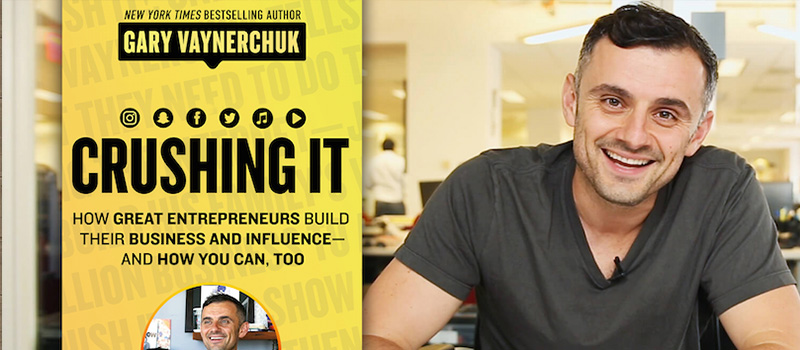
Gary Vaynerchuk focuses on the power of social media marketing in his book, “Crushing it”.
He enjoys rockstar status from his well-publicised journey of transforming his family’s liquor store into a multimillion-dollar business.
The book is aimed at entrepreneurs, helping them to define and benefit from their personal brands, particularly through social media.
He highlights that each social media platform is different, with varying audiences who interact with each other in a unique way to each platform.
As a result, he says that you should tailor your strategy for each platform; you can’t have a one-size-fits-all social media strategy.
He outlines various initiatives for strategies on LinkedIn, Facebook, Instagram, and other social media platforms.
Though this book has been on the market for years, the fundamental principals of social media marketing Gary preaches hold strong.
Epic Content Marketing, by Joe Pulizzi

An expert in content marketing, Joe Pulizzi is an incredibly useful source for content marketers looking to connect with customers.
This book is a blueprint for the optimization of your content strategy.
The book takes you through the process of content creation within a marketing strategy, encouraging content writers to understand that “epic” content motivates the audience to take action.
To do this, your content must focus on what is important to customers rather than product promotion.
Pulizzi explains the need for a customer-oriented content strategy, helping rather than selling, because customers ultimately care about themselves and want to find solutions.
Made to Stick, by Chip Heath and Dan Heath
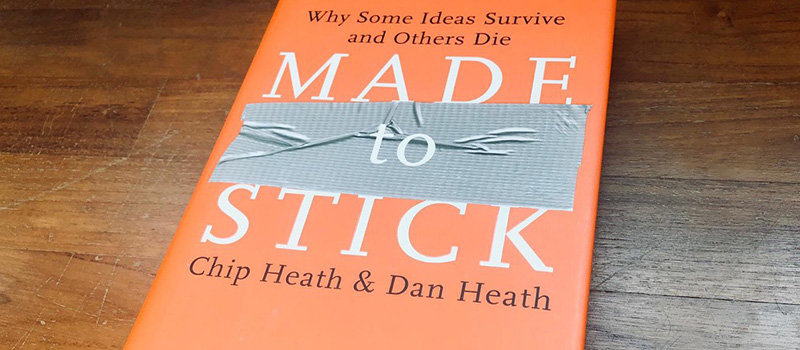
Made to Stick examines the traits of ideas that seem to stick in our brains, attempting to provide marketers with a blueprint for creating ideas that catch the audience’s attention.
The authors identify six traits that can be remembered through the acronym SUCCES.
Simple
Unexpected
Concrete
Credible
Emotional
Stories
Applying these six traits to your brand storytelling will help create “sticky ideas” that stand out.
How to Win Friends and Influence People in the Digital Age, by Dale Carnegie
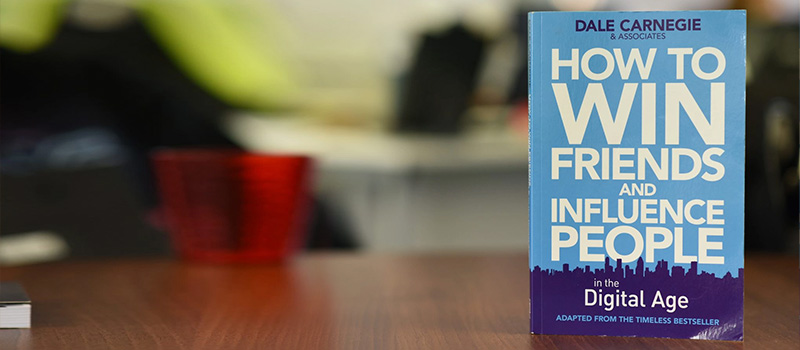
This book takes Carnegie’s 1936 classic and examines the lessons we can apply to the digital age.
The original book examines the fundamentals of using communication to strengthen relationships.
Carnegie highlights the need to affirm what’s good in others, avoid overt criticism, and connect with people’s core desires.
This updated version looks at how we can use these human relations fundamentals to guide our digital interactions.
Though not a traditional marketing book, the lessons learned are hugely applicable to making connections.
It is a blueprint for marketers showing how to build meaningful relationships with customers through new digital communication methods.
Hacking Growth, by Sean Ellis and Morgan Brown
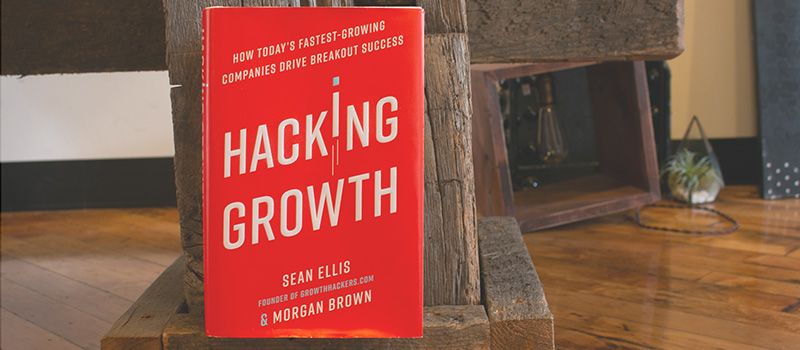
Hacking Growth is a playbook for business owners looking to scale.
The authors explain through case studies that marketers can’t purely rely on a great product to achieve growth.
Instead, they need to be proactive and implement growth strategies.
The authors suggest a growth methodology by which small businesses need to practice rapid-fire experimentation to identify the best paths for growth.
This experimentation relates to different Marketing channels or product development until you find a solution that is scalable.
Author Sean Ellis stresses the need to leverage data collection to drive those business decisions.
This is Marketing, by Seth Godin
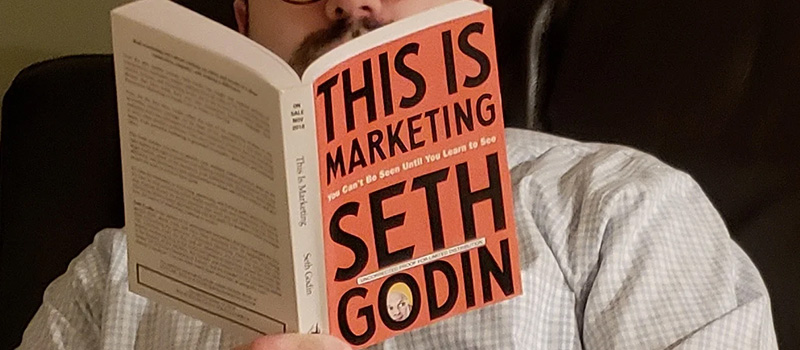
The second book from bestselling author Seth Godin on this list, “This is Marketing”, explains that traditional advertising is dead.
The old methods of getting a message seen by as many potential customers as possible no longer work.
Instead, companies should focus on the needs, values, and desires of a narrow, clearly defined target audience.
Godin suggests that marketers need to think of the audience as a “tribe”.
When you know your tribe intimately, you understand their challenges, fears and desires and can find infinite ways to make connections.
Create a “tribe” for your brand based on shared ideas, stories, and language.
Blue Ocean Strategy, by W. Chan Kim and Renee Mauborgne
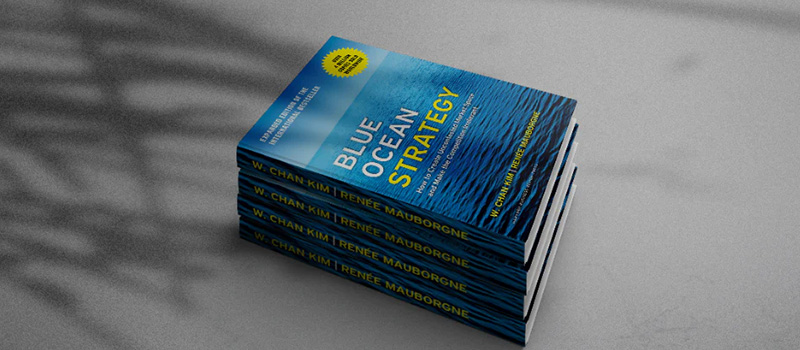
Chan Kim and Renee Mauborgne flip the idea of gaining a competitive advantage on its head.
Traditionally, successful companies make profits by beating the competition.
However, Kim and Mauborgnee use case studies to suggest that successful companies of the future won’t fight over a shrinking profit pool.
Instead, they’ll create “blue oceans” of uncontested market space.
They provide a systematic approach for creating these conditions that are ripe for growth.
They also introduce the idea of “value innovation”.
This term explains the idea that consumers shouldn’t have to choose between value and affordability.
Successful companies look at what consumers value and find ways to provide this value at a low cost.
Contagious: Why Things Catch On, by Jonah Berger

Berger’s book examines what makes ideas contagious and more likely to spread via word of mouth.
Professor Berger kicks the book off with an intriguing story of Barclay Prime’s $100 Philly Cheesesteak (now $120 with inflation).
He identifies 6 STEPS to creating contagious content:
Social currency: we share things that make us look good
Triggers: we share what is top of mind
Emotion: we share when we care about something
Public: we share things that are ‘shareable’
Practical value: we share what we know others can use
Stories: we share information in story-form
These ideas offer practical advice for any marketer looking to grow a customer base.
Hooked: How to Build Habit-Forming Products. by Nir Eyal
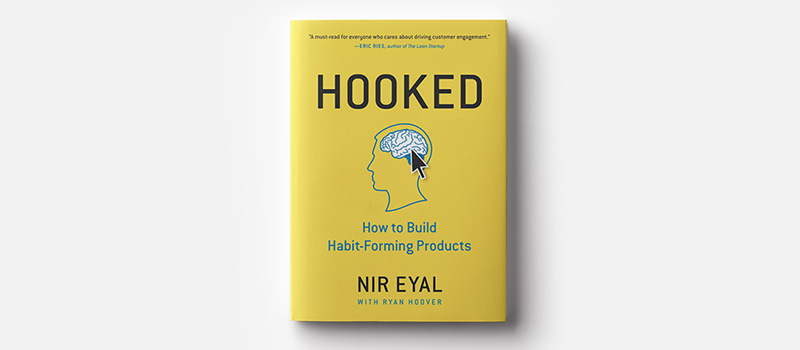
Nir Eyal explains through various examples that the most successful products make consumers build habits around them.
We know that habits are powerful and hard to break.
The success of companies like Facebook are built around forming consumer habits.
So, if a company creates a product that customers see as integral to their daily lives, the likelihood is that those customers will be long-term loyal customers.
Eyal tells marketers to ask themselves two questions to find out whether a product should be habit-forming in the first place:
Does the product make the user’s life better?
Would I use the product?
Only if you can answer ‘yes’ to these questions can you ethically push a habit-forming product.
The 1-Page Marketing Plan, by Allan Dib

The 1-Page Marketing Plan does exactly what it says on the tin.
Marketing expert Allan Dib sets out a fast, direct method to making money as a business by establishing a growth plan through marketing.
It’s based on the fundamental idea that small businesses shouldn’t necessarily adopt the same strategies as big businesses, and that going back to basics will reap rewards for small business owners.
Dib explains that the journey the target market goes through is always the same, from prospects to customers to advocates.
The 1-page Marketing plan is a must-read as a great, simple overview of how to guide prospects to becoming advocates for your brand.
Dib claims that his 1-page plan converts business owners to marketers who own businesses.
Power Tribes, by Mitch Russo

Mitch Russo’s Power Tribes outlines how businesses can use the power of certification as a viable Marketing strategy to help businesses grow.
In 1988, Russo was faced with an issue as his software company, Timeslips Corp, was struggling with tech support calls.
In response, he stumbled upon a process called “certification”.
By 1991, Mitch had built a vast group of Certified Consultants that reduced tech support costs by 25%.
This book goes beyond certification.
It offers a blueprint to help businesses build a force of devoted, passionate followers that pay a fee to join your tribe.
The book shows how to replicate the success stories of companies like Microsoft, Salesforce, Infusionsoft, and Hubspot that created unstoppable brands all by using certification
Inbound Content, by Justin Champion
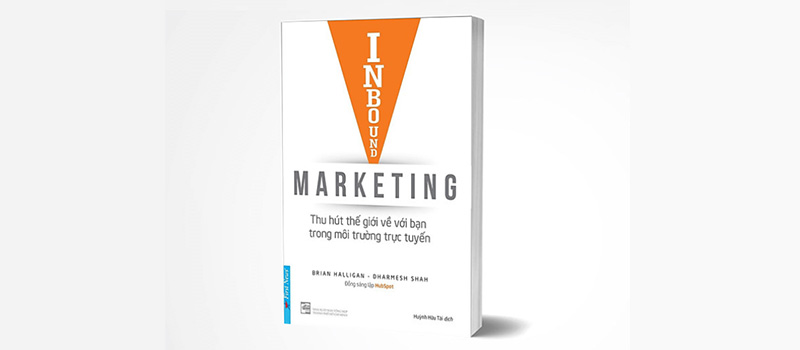
Justin Champion’s Inbound Content is another book that examines the increasingly important role of good content in growing a business.
He lays out a framework for a long-term content strategy that resonates with audiences.
He includes copywriting tips, advice on SEO, guidance on email marketing campaigns, and an overview of the online marketing metrics you need to track to evaluate the success of your content.
Justin Champion runs a course with Content Marketing certification for Hubspot.
Inbound Content is very much a beginner’s guide giving a fantastic overview of the principles of content marketing.
Everybody Writes, by Ann Handley
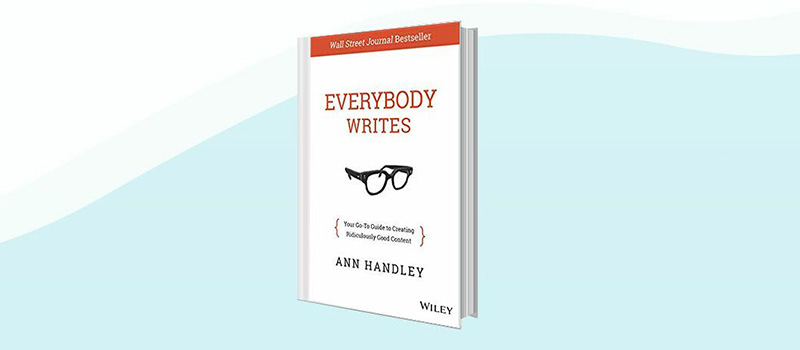
Ann Handley’s book focuses on the principle that writing can be a learned skill.
And, since Handley establishes the importance of writing to stand out in the marketing world, she logically concludes that all content creators should invest in their writing skills to optimise their content marketing strategy.
Rather than be intimidated by writing, she wants to set out some writing fundamentals that can help any marketer improve their writing and approach the craft with confidence.
Here are some of those specific lessons:
Make the start of sentences matter; drop dangling modifiers
Reframe writing goals to focus on quality, not quantity
Diligently fact-check
Pay attention to length guidelines for different types of content
Personalisation is powerful
Growth Hacker Marketing, by Ryan Holiday

Growth Hacker Marketing establishes a four-step framework to enable a modern startup to remove the barrier between product development and marketing.
Holiday believes the best way to get new customers is through the product itself.
He explains his idea that startups should target a small but focused group initially with a great product.
The next step is to make that product go “viral” by converting those targeted customers into marketers for the product.
Put simply, make the product shareable, then entice people to share.
Don’t Make Me Think, Revisited, by Steve Krug
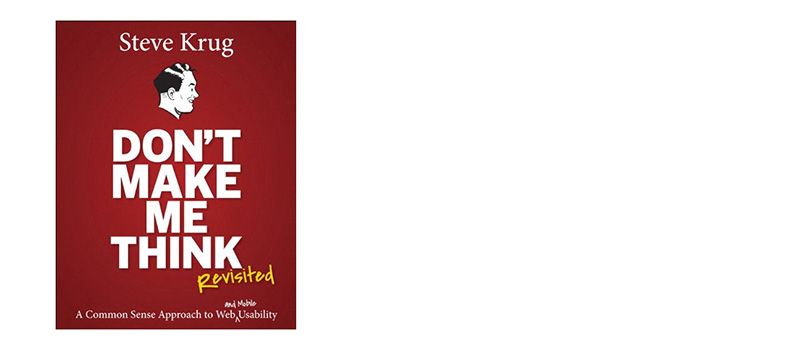
This book examines the psychology behind what makes great web design.
The book, first written in 2000, stresses that while technology rapidly changes, the human brain is slow to evolve.
That means that you can continue to apply insights based on psychology to the customer experience even as technological capabilities change.
Krug establishes three laws of web usability:
Don’t make them think
Make every click instinctive
Ruthlessly reduce word count
The book is chock full of great tips on how to design usable websites.
This was ahead of its time as over 20 years on, we can see how the web has changed to follow the principles outlined by Steve Krug.
Creative Advertising, by Mario Pricken
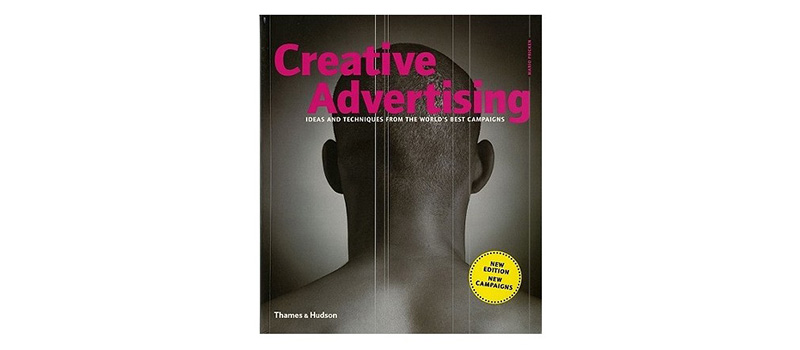
Pricken showcases some fantastic examples of creative advertising from around the world and draws some actionable insights from them.
Looking at a range of media, each chapter highlights different methods for creating innovative ad campaigns to get your marketing message across in memorable ways.
Pricken therefore does not provide marketers with answers.
Instead, she aims to give marketers the tools to apply to their own advertising activities.
The key is not to mimic the case studies she shares, but to take inspiration from the creative processes that led to them.
Overdeliver, by Brian Kurtz
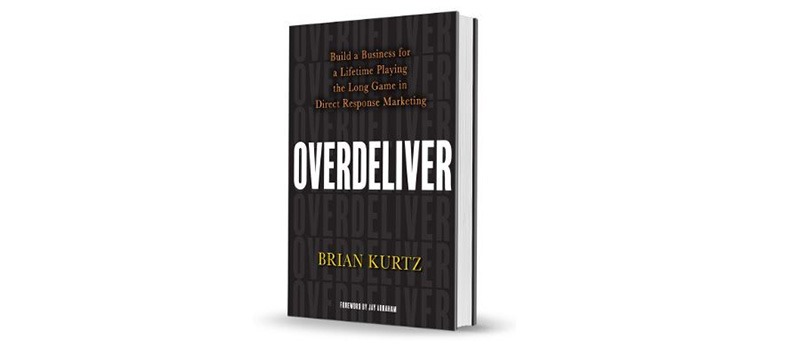
Brian Kurtz is a genuine powerhouse of direct response marketing having gained his reputation as an expert in the power of mailing lists.
However, this book extends beyond direct response marketing to give us an insight into his broader philosophy of copywriting and marketing.
The key is that he believes marketers should overdeliver to keep customers happy.
Not everything we do in marketing is a “revenue event” but everything we do is a “relationship event.”
This approach means that marketers should go out of their way to make their efforts customer-focused.
Keeping customers happy with excellent products and services and a fantastic, responsive, meaningful customer experience is the key to building loyal, lifetime customers.
Content Inc, by Joe Pulizzi
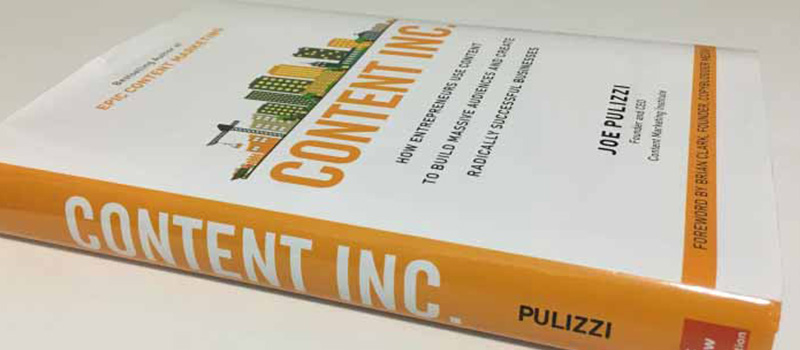
The second Joe Pulizzi book on this list, Content Inc once again focuses on the importance of content marketing.
In this book, Joe explains the six-step content marketing approach any business owner can take for content marketing success, especially for those starting from the ground up.
He explains that budding content marketers should start with one platform and nail a strategy by showing up regularly with consistent messaging.
Content marketers should then diversify across new channels over time.
This process shouldn’t be rushed as building a loyal following on each platform takes time and effort.
Joe also stresses the importance of building an email list to build a relationship with the most loyal followers of the brand.
Jab, Jab, Jab, Right Hook, by Gary Vaynerchuk

Jab, Jab, Jab Right Hook is Gary Vaynerchuk’s call to all marketers not actively using social media.
In it, he shows marketers how to tell their story on social media to give the message the best chance of getting heard.
Jab, jab, jab, right hook reflects his approach to social media.
The premise of the book is that marketers need to tentatively, give, give, and give on social media before they can go for the knockout blow and ask for something in return.
In other words, social media marketers (and marketers in general) need to build a following based on great, valuable content that speaks to the audience and is tailored to each platform.
Only after supplying a following with great content can a business then ask for something in return.
Though the popularity of social media platforms mentioned in the book change over time, the Jab, Jab, Jab, Right Hook philosophy is one for the ages that spans beyond social.
Breakthrough Advertising, by Eugene M. Schwartz

Though this book is out of print and limited copies are selling for hundreds of dollars, Breakthrough Advertising is a must-read for all aspiring copywriters.
This book is a bonafide classic and acts as a comprehensive handbook for serious copywriters learning their trade.
Schwartz identifies seven key principles of copywriting to write adverts that speak to the audience and incite them to act.
The book is split into two parts.
The first tells you how to think like a “Market Maker”.
A Market Maker is someone who looks at the world and spots new entry points into the audience’s internal conversations.
This section is all about the psychology of making people aware of a problem that only you can solve.
Part two of the book then details the writing techniques you can use to take advantage of the problem that you have created.
This section goes into the specifics of writing great headlines that entice the reader and framing an offer that’s too good to ignore.
Habits of a Happy Brain, by Loretta Breuning

Habits of a Happy Brain is not strictly a book about Marketing.
However, as I’ve touched upon a few times already, understanding the human brain is key to successful marketing.
And, understanding what makes people happy can be utilised in Marketing (and in life!).
Breuning explains the four neurotransmitters in the brain that create happiness (endorphins, oxytocin, dopamine, and serotonin).
She explains why we can’t be happy all the time, and how we can ‘rewire’ our brains by taking responsibility for our hormones.
One of the key lessons for marketers to take is that happiness means choosing.
Life is a series of choices, so it’s essential to not let others make those choices for you.
As a marketer, knowing this is empowering, since it means that your marketing efforts should tap into the idea that consumers always have a choice to make.
When you know what you want your audience to feel about your brand and you know the chemicals that control our emotions, evoking the right emotions becomes a science.
Over To You
You’ll find many great marketing books to add to your bookshelf on this list that can help you refine your marketing processes.
Ultimately, what makes a great marketing book is how well you can apply lessons learned that lead to tangible improvements in your marketing and branding.
These 25 books should certainly offer you plenty of opportunities to do just that, from advice on copywriting to telling stories, from positioning strategies to growth hacking.
Happy reading!
On-Demand Digital Program
Brand Master Secrets
Make the transition from hired-gun to highly valued brand strategist in less than 30 days. The systems, frameworks and tools inside this comprehensive program are all you need to level up.








